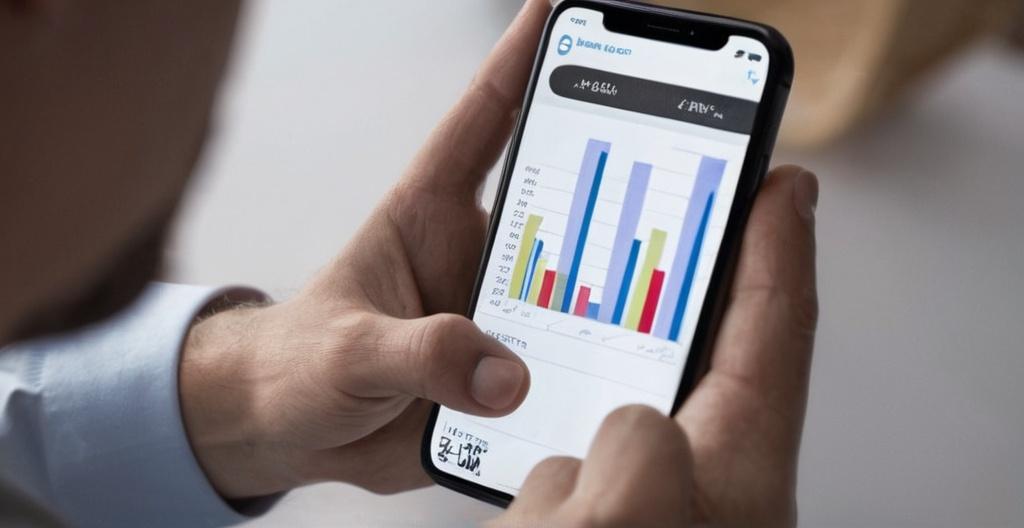Key Take Aways About Common Mistakes in Technical Trading
- Utilize stop losses to avoid emotional trading pitfalls.
- Avoid overtrading; quality beats quantity for sustained success.
- Chart patterns require confirmation, not blind faith.
- Stay informed on news and market fundamentals to avoid surprises.
- Use a manageable number of indicators to prevent clutter and confusion.
- Avoid herd mentality; exercise independent analysis and caution.
- Treat trading as a strategic puzzle, focusing on risk management.

Getting A Bit Lost in the Chart Maze
If you’re the sort to get lost in a crowded subway, well, welcome to the world of technical trading. It’s like the same thing but on a screen with less personal space invasion. Taking a wrong turn here could mean your trading ship hits the iceberg. Let’s chat about some classic goofs that traders, seasoned or fresh to the scene, continue to stumble over on their charting strolls.
Stop Loss? What’s That?
Some traders act like stop losses are optional—like wearing a coat in the winter when you’re in Alaska. Skipping stop losses is a ticket to a potential disaster. Think of it like leaving your car parked on a steep hill without a handbrake. Trust the experts: it’s not a gamble you want to take.
Say you’ve gone big on a stock because, you know, someone whispered it was trending. The market takes a turn, and suddenly, you’re clinging onto a plummeting asset with an iron grip because the stop loss? Non-existent. Set those stop losses, because emotional trading is a recipe for heartbreak.
Overtrading Like a Coffee Addict
Sometimes, traders’ fingers get a bit twitchy, and they start treating their keyboards like a piano. You wake up, trade, have breakfast, trade, lunch, trade, blink, trade. Feels exhilarating until your account does a disappearing act. More trades don’t mean more profit. It’s like running a marathon at a sprint pace—you’re going to burn out (or your funds will).
An acquaintance of mine once decided to trade based on every price fluctuation—over a hundred trades in a single day. The result? He was exhausted, and his account looked like a deflated balloon. Less can be more in trading. Choose quality over quantity.
Chart Patterns Are Not Mystic Runes
We’ve all been there. You’re staring at chart patterns as if trying to decipher ancient scripts, hoping for them to spill their secrets. A head and shoulders pattern appears, and you’re convinced it’s a sign from the trading gods. Spoiler: it’s not. Patterns are not crystal balls, just more like rough weather forecasts.
One savvy trader I knew was obsessed with pattern trading. He bet the farm believing a double top meant a downturn was inevitable. The market didn’t get the memo and rallied instead. The thing with patterns is they need confirmation, not knee-jerk reactions.
Ignoring the News—Sound Familiar?
The markets don’t exist in a vacuum, no matter how much we might wish they did sometimes. Ignoring fundamentals, news events, or financial reports is like sailing with your eyes wide shut. Geopolitical tensions, earnings reports, economic indicators—these are the daily bread and butter of market movements.
There was a day when oil prices tanked because of a major geopolitical event. Traders who ignored the news kept trading as if nothing significant happened. It was only after their positions got crushed did they realize the importance of staying informed. Little piece of advice: keep one eye on the charts and the other on current affairs.
Indicators: The More, The Messier
Indicators can seem like the glittery toys in the sandbox of technical trading. Some traders pile them on like toppings on a sundae. But too much choice can lead to confusion, and pretty soon you’re drowning under a mountain of MA, RSI, MACD, and all their buddies.
A friend of mine—let’s call him Bob—insisted on using no less than ten different indicators. His charts looked like abstract art. Bob soon learned that when your screen resembles a rainbow, it’s time to simplify. Use just enough indicators to inform your decisions, not overwhelm them.
The “I’ll Just Follow the Crowd” Trick
Ah, the herd mentality. Just because everyone’s jumping off the trading cliff doesn’t mean you should strap on a parachute and follow. Markets are not always rational, and sudden surges of participants chasing trends can lead to unexpected volatility.
Consider this: a large swath of traders caught wind of a tech stock that was “the future”. Everyone dove headfirst. Reality bit hard when the bubble burst. Following the crowd may feel safe, but it could also mean you’re walking right into a trap.
Conclusion?
While the fun of trading is in the dance between risk and reward, no one wants to trip over their own feet, right? You don’t have to be a Wall Street wizard to avoid rookie mistakes. Keep calm, be smart with risk management, and treat trading like the strategic puzzle it is—not just a colorful video game.